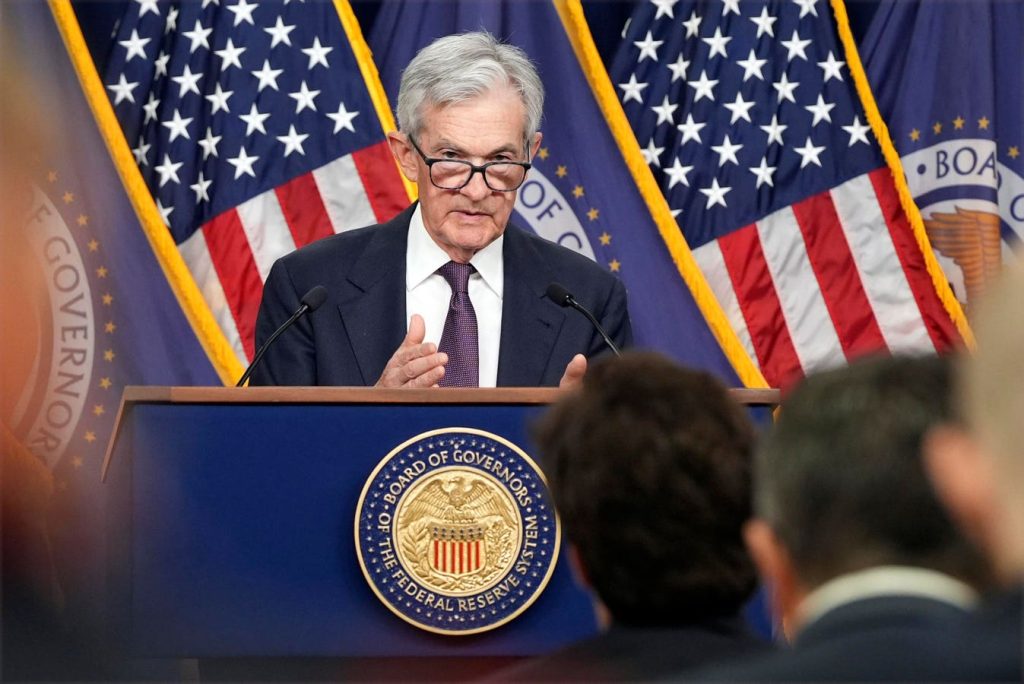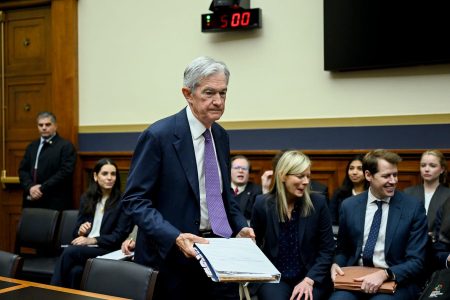The January Consumer Price Index (CPI) report, a crucial indicator of inflation, is anticipated to reveal a relatively stable annual inflation rate compared to December, according to current projections. This anticipated stability, if confirmed upon the report’s release on February 12th, could bolster the Federal Open Market Committee’s (FOMC) confidence in the ongoing efforts to subdue inflation. However, despite this potential positive development, immediate further interest rate cuts are not anticipated. The projected flat inflation would be a welcome sign, especially given the slight acceleration in headline CPI inflation observed since September 2024, a trend the FOMC is keen to reverse. This stabilization would signal a potential turning point in the inflation trajectory.
A key component within the CPI report, and a significant driver of overall inflation, is the shelter cost index. Housing costs hold a substantial weight within the CPI calculation, accounting for approximately 36% of the index. As of December’s CPI report, shelter costs were rising at an annual rate of 4.4%, contributing 1.6% to the overall annual inflation rate of 2.9%. The upcoming January report will be closely scrutinized for any shifts in this crucial sector. An experimental series, the New Tenant Rent Index for Q4 2024, published by the Bureau of Labor Statistics, indicated a decline of 2.4%. While this data is preliminary and subject to revision, and historically, such declines have often been revised upwards, it nonetheless offers a glimmer of hope for potential disinflation in housing costs. Should this prove to be an early indication of cooling housing inflation, it could significantly contribute to overall disinflation throughout 2025. However, it’s important to note that housing inflation has remained stubbornly high despite previous predictions of easing, warranting cautious optimism.
Beyond housing, other categories contributing to December’s inflation included airfares, vehicle costs, insurance, and medical services. While these sectors play a role in the overall inflation picture, housing remains the single largest contributor, underscoring its importance in the FOMC’s assessment of inflation trends. The interplay between these different components will determine the overall inflation picture presented by the January CPI report.
The FOMC, having already implemented a 1% interest rate cut in the latter half of 2024, is currently expected to maintain a pause on further reductions pending more concrete evidence that inflation is aligning with its 2% target. Market expectations suggest another potential rate cut as early as March 2025, but the timing remains contingent on the evolving economic data landscape. While a potential spike in job losses could also prompt the FOMC to consider further rate cuts, such a scenario is not currently anticipated. The committee is likely to proceed cautiously, relying on data-driven insights to guide its monetary policy decisions.
Adding another layer of complexity to the FOMC’s decision-making process is the potential re-emergence of tariffs on foreign imports. If implemented, these tariffs could exert upward pressure on prices for various imported goods and services, potentially fueling inflationary pressures. However, the precise nature and implementation of these tariffs remain uncertain, making it difficult to predict their ultimate impact on inflation and the subsequent FOMC response. This uncertainty introduces an element of unpredictability to the economic outlook and the FOMC’s policy trajectory.
The January CPI report, while not necessarily expected to showcase substantial disinflation, may offer a welcome respite from the recent upward trend observed since September 2024, if current projections of stable inflation hold true. Even a stabilization of inflation, rather than a marked decline, would be viewed positively. While a single month’s data is unlikely to single-handedly trigger a resumption of interest rate cuts by the FOMC, it could nudge policymakers closer to considering another reduction in the future. Currently, with inflation hovering near 3%, significantly above the FOMC’s 2% target, the committee is seeking more compelling evidence of sustained disinflation before contemplating further rate cuts in 2025. The January inflation report, therefore, holds the potential to offer a glimmer of positive news, or at the very least, mark a break from the recent string of more concerning inflation reports.
The interplay between housing costs, other contributing inflation factors, and the potential impact of tariffs will be closely monitored. The FOMC’s response will be data-dependent, carefully balancing the need to control inflation with the potential impact of further rate cuts on economic growth and employment. The January CPI report represents a critical data point in this ongoing assessment, providing a snapshot of the current inflationary environment and informing future monetary policy decisions. The report’s findings will be crucial for understanding the trajectory of inflation and the likelihood of further adjustments to interest rates in the coming months. The market, policymakers, and consumers alike will be closely watching for signs of sustained disinflation, which would signal progress towards the FOMC’s inflation target and potentially pave the way for further easing of monetary policy.










